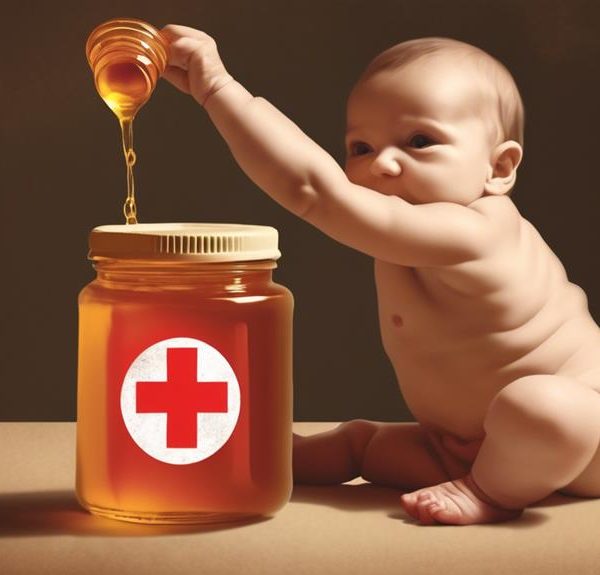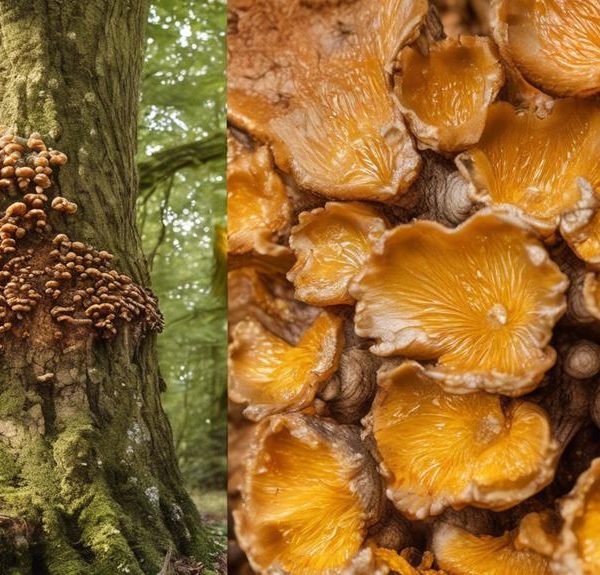Truth or myth: delve into the intriguing relationship between bears and honey, and discover what truly attracts these majestic creatures.
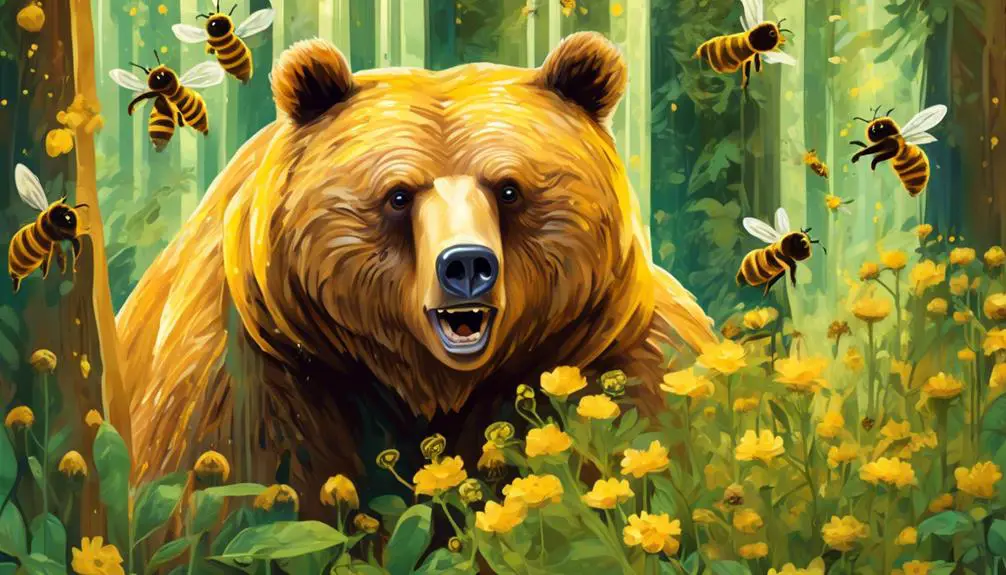
Are Bears Attracted to Honey
By some strange coincidence, you've likely stumbled upon images or scenes of bears seemingly bewitched by honey in cartoons or children's literature. A bear's paw plunged deep into a honey pot is a commonly depicted image, but is there any truth to this fascination?
You might be surprised to learn that the relationship between bears and honey isn't as straightforward as pop culture makes it seem. The real question is – do bears love honey, or is there something else enticing them? Stick around to find out.
Key Takeaways
- Bears have an adaptable foraging behavior with a diverse diet, consuming up to 85% plants.
- Honey makes up only 2% of a bear's diet but provides quick energy due to its high sugar content.
- Bears are attracted to bee colonies for protein-rich larvae, especially during food scarcity.
- Scientific studies show that bears have a preference for honey and bee larvae due to their high nutritional value.
Understanding Bears' Dietary Preferences
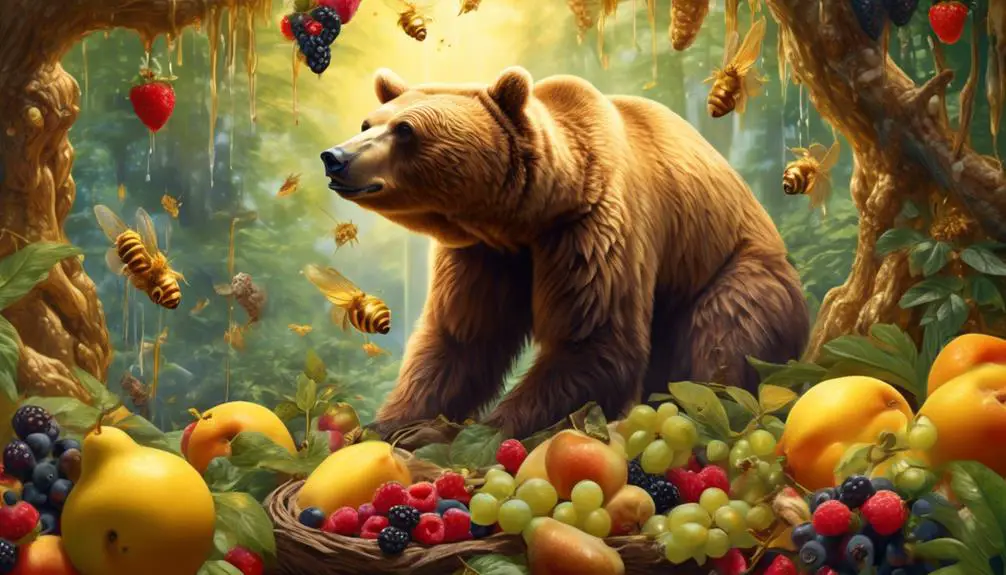
While most of us know that bears are omnivores, you might be surprised to learn that a significant portion of their diet actually consists of vegetation, not honey or meat as commonly believed. In fact, up to 85% of a bear's diet can consist of plants. You see, bears are opportunistic eaters, meaning they'll consume whatever's readily available.
In the spring, when plants are abundant, bears will gorge on grasses, berries, and roots. As summer transitions into fall, their diet shifts towards high-energy foods like nuts and fat-rich salmon to prepare for hibernation. Sure, they'll eat honey if they come across it, but it's not a dietary staple. Instead, it's more of a sweet treat, a dessert if you will.
Contrary to popular belief, bears aren't just mindless, honey-obsessed creatures. They're highly adaptable foragers with a diverse diet that varies based on seasonal availability. It's a survival strategy that's served them well across various habitats. So next time you think about a bear's diet, remember it's not all about honey and meat, but a well-rounded and varied menu.
Honey and the Bear's Diet
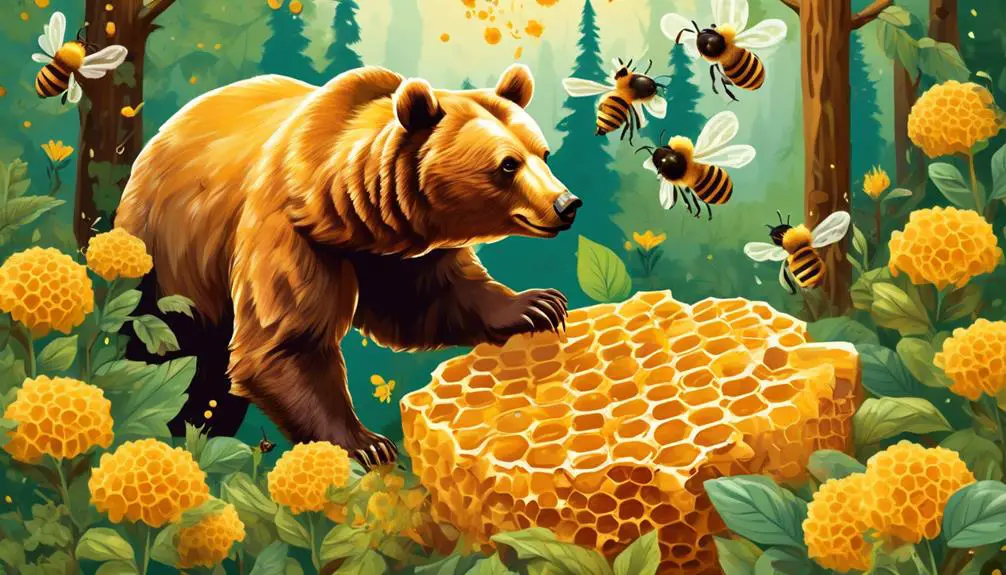
Despite their reputation, bears don't just stumble upon honey; it plays a specific, albeit minor, role in their varied diet. In fact, the bear's diet is predominantly omnivorous, consisting of a broad range of foods from berries and grasses to fish and small mammals. Honey, while a treat, does not form a large part of this diet.
To further illustrate how honey fits into a bear's diet, consider the following table:
Food Source | Percentage of Diet |
|---|---|
Berries and Grasses | 60% |
Fish and Small Mammals | 30% |
Insects and Larvae | 8% |
Honey | 2% |
As you can see, honey comprises only a fraction of a bear's diet. The attraction to honey is likely due to its high sugar content, providing quick energy. However, the risk and energy expenditure involved in obtaining honey often outweighs its nutritional value to a bear. Therefore, while bears may be attracted to the sweet substance, it's not a significant part of their daily intake. Instead, bears rely on a more diverse and readily available array of food sources for their nutritional needs.
The Role of Bee Colonies in Attraction
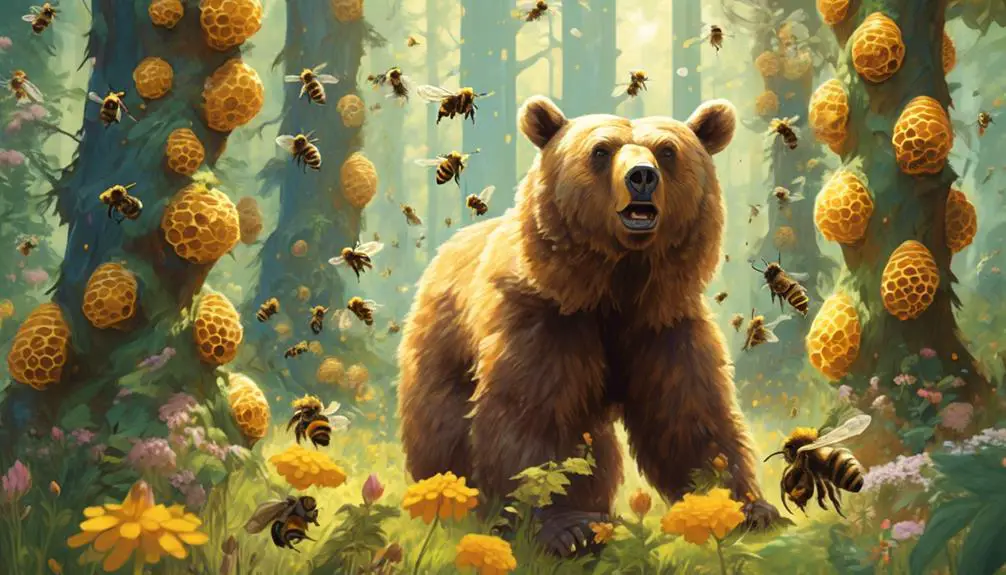
In addition to the allure of honey, bears are also drawn to bee colonies for the protein-rich larvae they house. Bears aren't just after the sweet nectar; they're in it for the gourmet protein source, too. These larvae provide a crucial nutrient wealth in a bear's diet, especially in the spring when other food sources can be scarce.
Understand that a bear's interest in a beehive isn't a simple sugar craving; it's about survival. You might consider the bear's raid on a hive as a two-for-one deal. They get the honey, a high-energy carbohydrate that they need for their large body mass, and the larvae, a protein source to maintain their muscle strength.
Now, consider the bee colony from a bear's perspective. It's a compact, guarded food source brimming with carbohydrates and proteins. It's worth the risk of a few stings. So, when you're assessing why bears are attracted to honey, don't forget the significant role of bee colonies. They're not just honey factories but a comprehensive food source for these opportunistic omnivores.
Scientific Studies on Bears and Honey
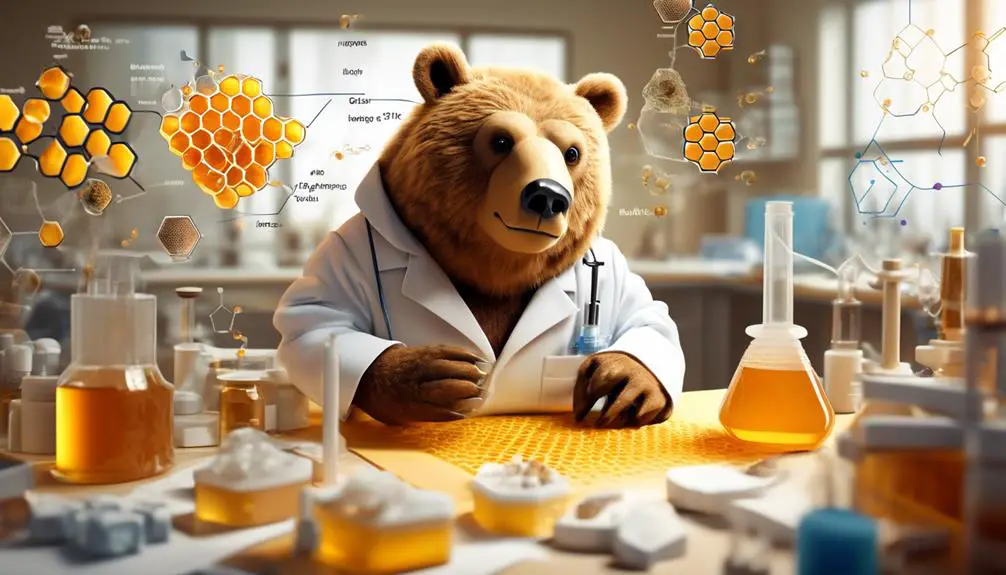
Building on the understanding of a bear's dual attraction to honey and bee larvae, let's explore some scientific studies that have delved into this intriguing behavior. Researchers have conducted numerous studies on this subject, aiming to untangle the truth about bears and their affinity for honey.
In one specific study, scientists observed the eating habits of brown bears in the wild. They found that these bears showed a clear preference for honey, often going to great lengths to obtain it. They'd claw and bite at beehives, braving bee stings, just to get their paws on the sweet substance and the nutrient-rich larvae.
Another study focused on black bears. Researchers discovered that black bears also sought out honey, but their interest seemed more seasonal, peaking in the late summer and early autumn. This is possibly linked to their need to build up fat reserves for winter hibernation.
These studies provide compelling evidence that honey is a significant part of a bear's diet. However, it's not just the sweetness of honey that attracts them. The high nutritional value of bee larvae is also a major factor in their honey-seeking behavior.
Debunking Popular Bear-Honey Myths
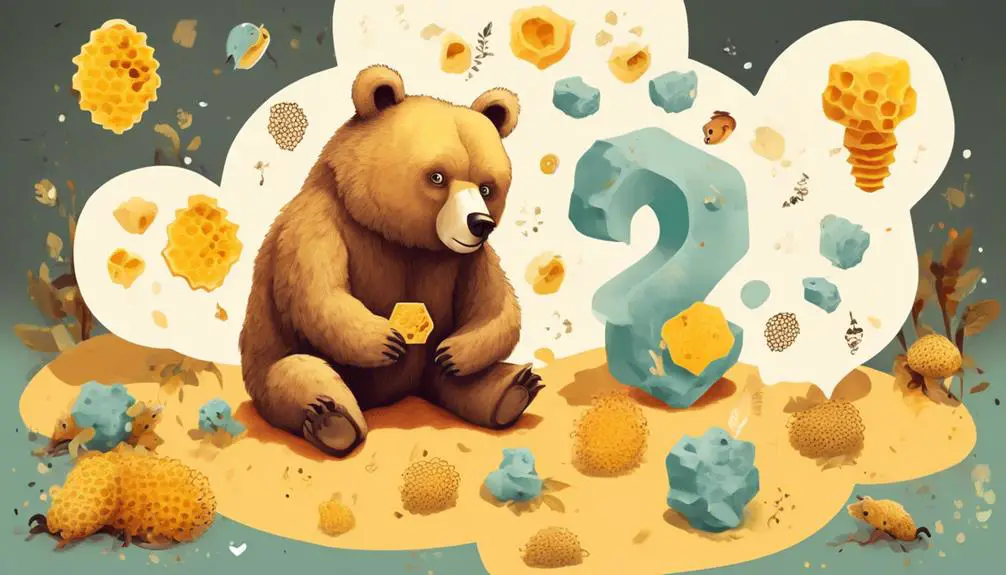
While there's truth to bears' attraction to honey, several myths and misconceptions have also emerged that need debunking. Firstly, contrary to popular belief, bears aren't solely attracted to honey for its sweetness. They're omnivores, and their dietary needs extend beyond sugars. The larvae in bee hives, protein-rich, are another major attraction for bears.
Secondly, it's a myth that bears will destroy beehives indiscriminately. Scientific studies indicate that bears prefer to forage in areas with diverse food sources, including berries and insects. Destruction of hives is often a result of the bear's size and strength rather than malicious intent.
Lastly, not all bear species are drawn to honey. For instance, polar bears, being inhabitants of Arctic regions, rarely encounter honey in their natural habitat. Similarly, panda bears, with a diet predominantly composed of bamboo, show little to no interest in honey.
Conclusion
So, are bears really attracted to honey? Absolutely, they are. Honey's sweet taste is a powerful lure, but it's not just about the honey – bee colonies are a rich source of protein too.
Yet, it's crucial to dispel the myths, as not all bear species share this preference. Make sure to consider the existing scientific studies to fully comprehend this complex bear-honey relationship.
Remember, there's always more to explore in nature's fascinating dynamics.

